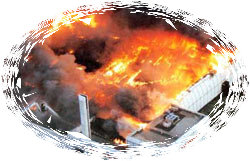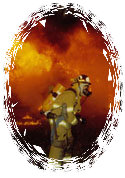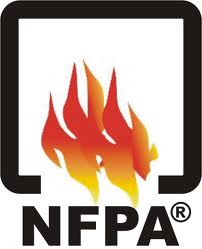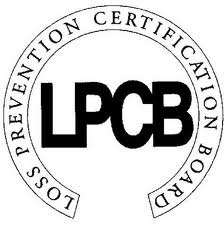



Fire Prevention > Occupancies
Occupancy is a defined legal term in building construction and building codes . It refers to the use or intended use of a building or part thereof for the shelter or support of persons, animals or property. A closely-related meaning is the number of units in such a building that are rented or leased , or otherwise in-use. The lack of occupancy in this sense is a vacancy .
Building code
It is possible to have multiple occupancies (or building uses) within one building. For instance, one may have a high-rise building , where the lower levels are occupied by retail stores, whereas the upper levels could be residential.
Wherever the dividing line is between different occupancies within one building, one must construct a particularly integral fire barrier referred to as an occupancy separation with a defined Fire-resistance_rating , which is subject to stringent bounding . Typically, the code requirements for an occupancy separation are more stringent than for other fire-barriers, even with an identical fire-resistance rating. For example, if an occupancy separation carried a two-hour fire-resistance rating, one may, in some jurisdictions , not be able to de-rate its closures , such fire doors or firestops . A normal two-hour fire separation, may conceivably be fitted with 90-minute fire doors, whereas the occupancy separation would not be granted such reprieve.
Firestops in occupancy separations are also more likely to be required not only an equal fire protection rating (a fire-resistance rating for closures) but must also provide a temperature rating , such that the components of the firestop systems, including the penetrants , are not permitted to rise in temperature above 140°C (284°F) on average or 180°C (356°F) on any single point, so as to lower the likelihood of auto-ignition on the unexposed side. In this manner, occupancy separations are treated similarly to fire walls , which have the further task of limiting fire-induced building collapse , on the unexposed side.
In this sense, there are two occupancies in most single-family homes : the garage and the living space of the home . Because automobile gasoline or petrol is flammable , an occupancy separation is often required between the two, should there be a car fire . Water heaters and central heating are often placed in this space as well, for their use of natural gas , propane , or other fossil fuels in combustion . This also helps to prevent carbon monoxide poisoning .
Building utilisation
Occupancy can also refer to the number of units in use, such as hotel rooms , apartment flats , or offices . When a motel is at full (100%) occupancy, a NO VACANCY neon sign is often turned on (though the sign often still says VACANCY at other times). Office buildings and apartments in particular aim for full occupancy, but if too many are built in an area this is often not the case. Completely vacant buildings can also attract crime , and are eventually targeted for redevelopment or at least renovation .
Occupancy can also mean the number of persons using an undivided space, such as a meeting room , ballroom , auditorium , or stadium . As with building codes, fire-protection authorities often set a limit on the number of people that can occupy a space, primarily because they must be able to egress the building through the available number of exits in a resonable amount of time, without tripping or trampling each other in a panicked stampede , possibly blinded by smoke . The integrity of a structure may also be at stake, because too many people will put excessive weight and other forces , leading in some cases to a collapse.
An occupancy sensor is a device that can tell if someone is in a room, and is often used in home automation and security systems . These are typically more advanced than motion sensors , which can only detect motion .
JordanFire.Net









